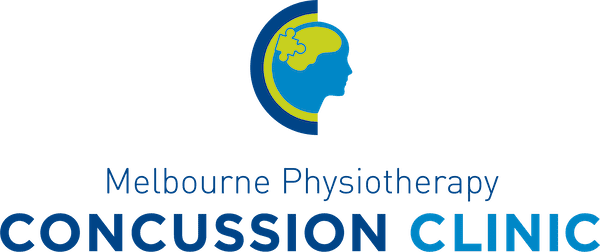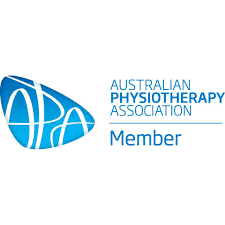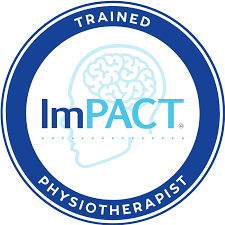Diagnosis and Treatment Planning
A concussion is often an invisible trauma that can last between 1-8 weeks depending on the severity of the impact or injury. It affects every individual differently and every circumstance can have different implications. Assessment, diagnosis and treatment are centred around several processes and it’s important to take each step carefully, individually and safely.

Diagnosis
There is no such thing as a “typical concussion”. Symptoms may vary widely and often are not immediately obvious or may change over time, making diagnosis challenging. There is no simple test, scan or measure for concussion. Rather diagnosis is made following a detailed initial clinical assessment that examines a wide range of indicators.
At the Melbourne Physiotherapy Concussion Clinic, this initial assessment is centred around four main clinical areas.
1. Clinical Interview
Based on the SCAT5 international standard for symptom evaluation and tracking over 22 indicators.
2. Neuro-Cognitive Testing
Testing various physiological measures, including balance and postural stability, reaction time, impulse control, inspection time and memory.
3. Vestibular-Ocular Screening.
Specific clinical assessment of the vestibular (balance) and visual systems.
4. Cervical Spine assessment
Consideration and investigation of the involvement of neck muscle, nerve or joint injury and dysfunction on the concussion presentation.
Treatment & Rehabilitation
The post-concussion rehabilitation plan is individualised for each patient’s specific needs. Depending on the likely clinical trajectory, the rehabilitation plan may include:
- Balance exercises
- Vestibular retraining
- Vision exercises
- Convergence therapy
- Habituation
- Visual pursuit reorientation
- Eye focussing tasks
- Cervical spine manual therapy
- Functional skill acquisition
- Visual and auditory loading
- Reading games
- Exercise therapy
Treatment progression is symptom-based, not time-based. This means the rehabilitation plan and functional task loading is progressed as symptoms allow. Once a patient can accomplish and sustain a certain level of rehabilitation and activity without symptom aggravation, they can progress to the next level.




